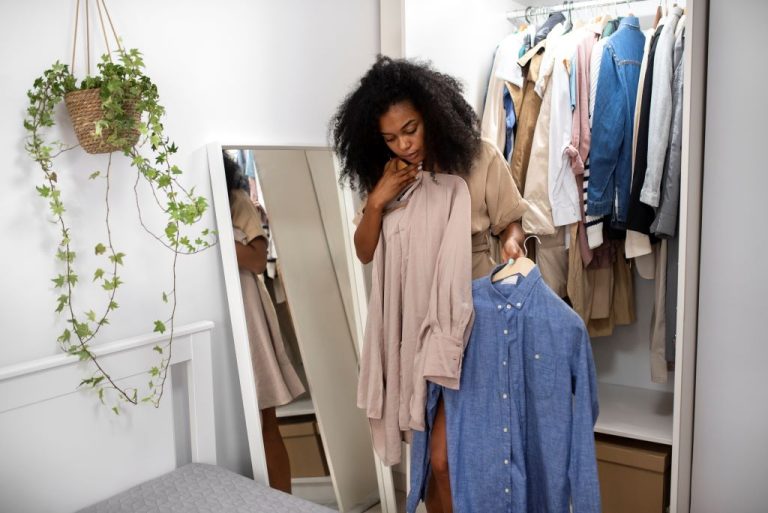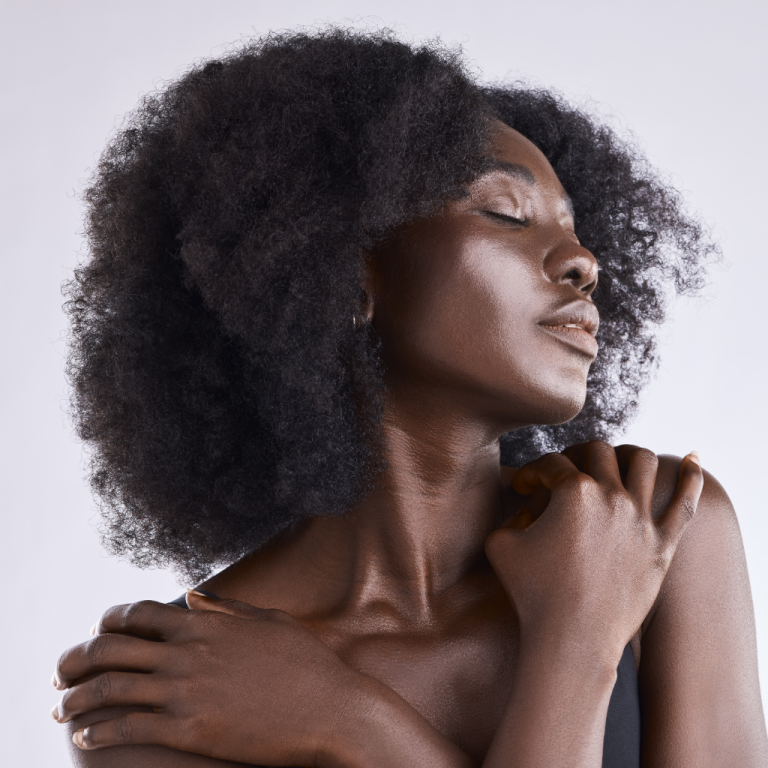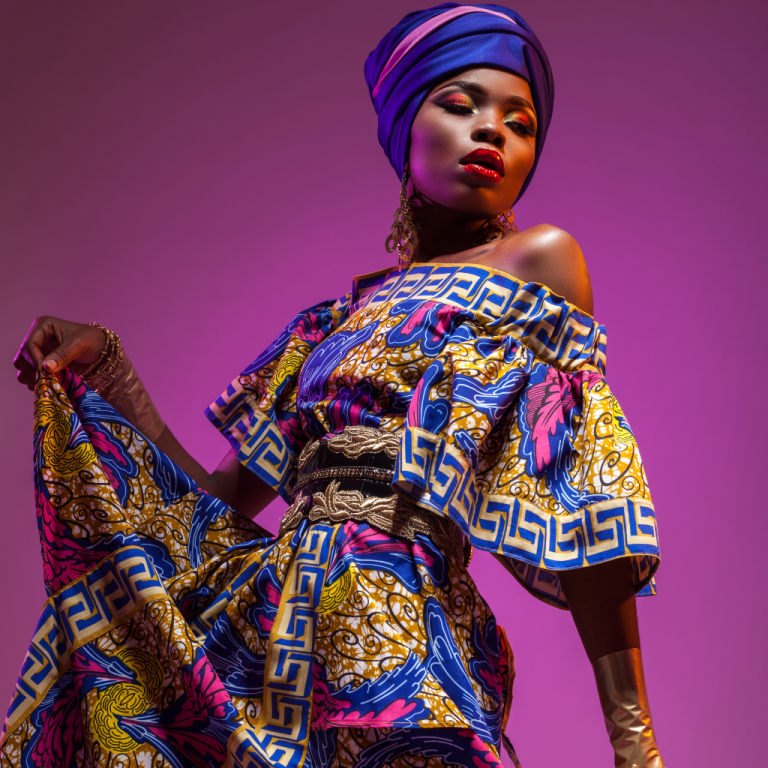Sustainable fashion is becoming more popular in Nigeria, but there are still many misconceptions about it.
Let’s clear up some of these myths and understand the truth about eco-friendly fashion choices.
Myth 1: Sustainable Fashion is Always Expensive
Fact: Sustainable fashion doesn’t have to break the bank.
Many people think that eco-friendly clothes are too expensive. While some sustainable brands may have higher prices due to their ethical practices and quality materials, you can still find affordable options.
Thrift stores, second-hand shops, and local markets offer budget-friendly choices.
Myth 2: Eco-Friendly Clothes are Boring or Unattractive
Fact: Sustainable fashion is stylish and trendy!
Another myth is that eco-friendly clothes are plain and dull.
This isn’t true at all!
Many sustainable brands create beautiful, fashionable, unique designs and eco-friendly outfits that fit your style. Sustainable fashion is about creativity and innovation. You will be surprised by the available stylish options.
Myth 3: You Have to Replace Your Entire Wardrobe
Fact: You don’t need to throw out all your clothes to be sustainable.
Some people believe they must get rid of all their old clothes and buy a new, eco-friendly wardrobe. This isn’t necessary.
You can start by making small changes, like buying fewer new items and making the most of what you already have.
Repairing, repurposing, and upcycling old clothes are great ways to be sustainable without wasting your current wardrobe.
Myth 4: Sustainable Fashion is Only for Rich People
Fact: Anyone can make eco-friendly choices, no matter their budget.
Many think that sustainable fashion is only for the wealthy. While some high-end brands focus on sustainability, there are plenty of affordable ways to make eco-friendly choices.
Shopping second-hand, supporting local artisans, and making your own fashion pieces accessible to everyone.
Myth 5: Eco-Friendly Fashion is Hard to Find in Nigeria
Fact: Sustainable fashion is growing in Nigeria and becoming more accessible.
Some people believe that it’s hard to find eco-friendly fashion options in Nigeria. However, many Nigerian designers and brands are embracing sustainability.
You can find local markets, online shops, and even big stores offering eco-friendly options. Supporting local, sustainable fashion helps grow this movement and makes it easier for everyone to find and buy eco-friendly clothes.
Read: How to Make Eco-Friendly Choices in Nigeria
Myth 6: Sustainable Fashion is Just a Trend
Fact: Sustainable fashion is here to stay.
Sustainable fashion is more than just a passing trend; it’s a movement towards a better, healthier planet.
As more people become aware of the environmental impact of fast fashion, the demand for sustainable options grows.
Choosing eco-friendly fashion is a way to contribute to a positive change in the world.
In essence, understanding these common myths about sustainable fashion can help you make informed, eco-friendly choices.
Remember, sustainable fashion is about making thoughtful decisions that benefit both you and the environment.





